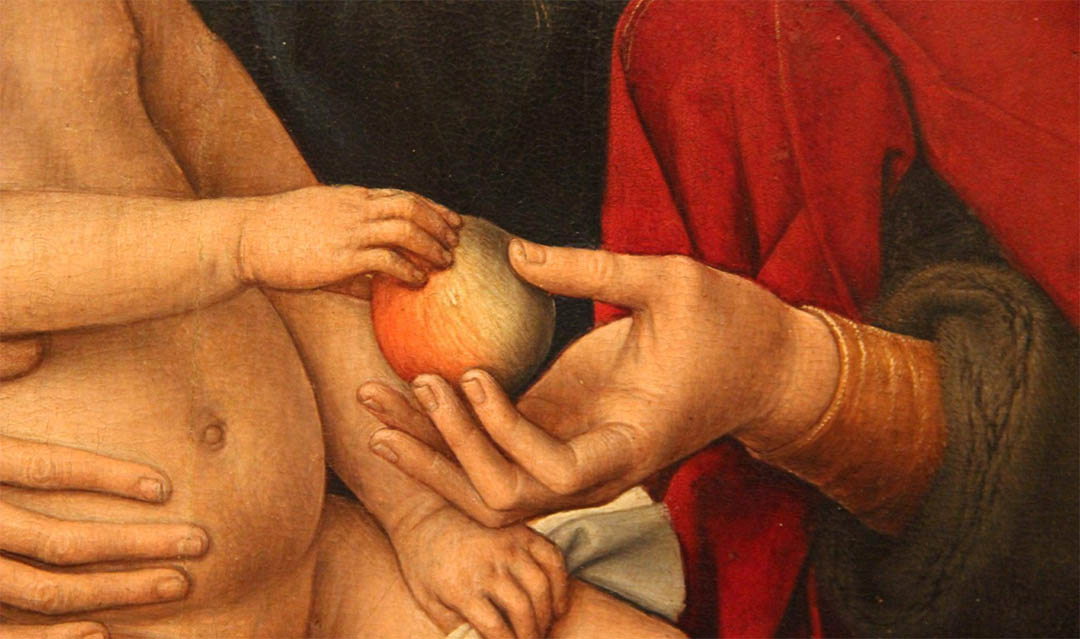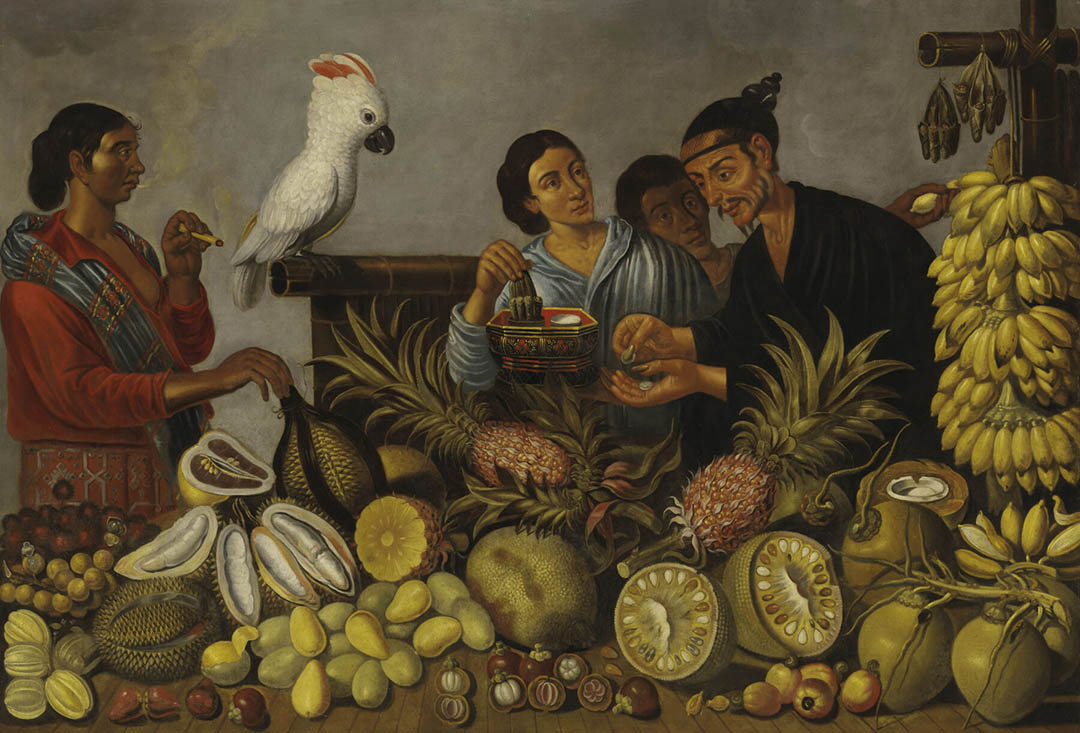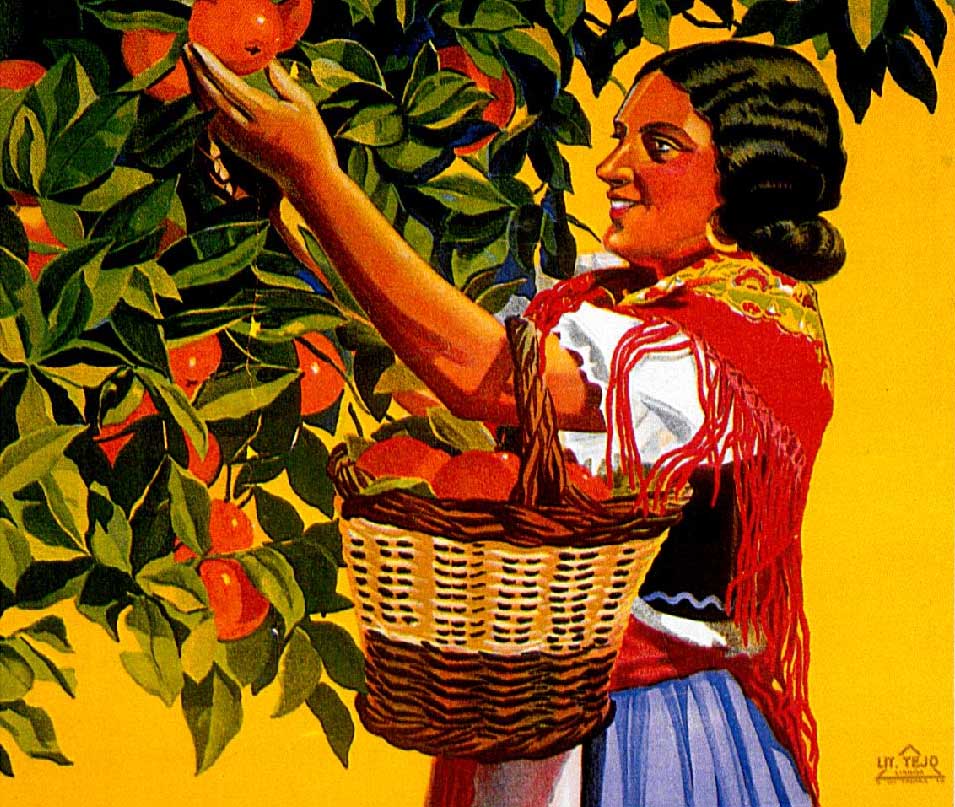
Creating the orchard of Europe: some remarks on Portuguese fruticulture over the long run
Agriculture, which ranks as one of the most important branches of human life, has unavoidable importance, ingrained from the centuries-old knowledge and practices. In nowadays, a wide variety of fruit is grown and available in Portugal. There is plenty of alternative throughout the year. But most of us are then amazed to discover that our cherished local specialties are often recent on the historical time scale. Therefore, to evaluate the validity of the nature and significance of the agricultural activity, its secular economic exploration, and social consequences, we must explore its and major shifts and endurances.
Starting in the Middle Ages, the element that better characterized the Portuguese economy during the first centuries of its existence was agriculture and fruits have an important role at the time. The organisation of the rural landscape demonstrates that, all over the territory, many types of fruit trees were a common presence. In the north, in mountainous areas of Trás-os-Montes, the chestnut was relevant, being used in bread making, and walnut trees were possible to find in Entre-Douro-e-Minho. Further south, apple and pear orchards in Estremadura and Alentejo or almonds in Algarve typified the regional agricultural production. It must be noted, it was not just for self-consumption that fruits were grown but also to sell in local markets and other places outside the regional area. For instance, during the 14th and 15th centuries, in the region of the Algarve, its most profitable activity was selling fruit (figs, grapes, almonds) which, properly dried and prepared, was exported to Flanders and England. On the other side, to North Africa, Portugal exported fruit (hazelnuts and walnuts) in exchange for grain. These examples illustrate the significance of the economic dynamics and market potential of this sector.
We must refer that one of the most characteristic features of medieval society is the richness and variety of the symbols and a crucial element for the understanding of fruit consumption lies, exactly, in a symbolic dimension. Since fruits grow in trees, nearer to the heavens, they were considered the noblest of earth’s produce and, not surprisingly, this meant some of that was consumed by the upper classes. According to some documents, in D. Afonso V’s court (1438-1481), pears, figs, plums, melons and lemons went to the king’s table, something that would already happen since the beginning of the monarchy with D. Afonso Henriques (1143-1185). In other cases, the fruit was served with wine, especially at night, as a light meal. Eating certain fruits was not recommended such as cherries and peaches, as described in D. Duarte’s book Leal Conselheiro, written in the 1430s.
Known in Europe for millennia, apples had a symbolic aspect in the Christian tradition. For instance, when the Infant Christ is portrayed holding this fruit, it symbolizes his future mission as the redeemer expiating the sins of mankind, in contrast, to the symbolic relationship between Adam and the apple, a sign of sin.
Source: Virgin with Child [detail], Hans Melling, 1485, Museu Nacional de Arte Antiga (Portugal)
Nevertheless, some changes started in late medieval times. Within the consequences of the Portuguese and Spanish overseas expansion during the 15th and 16th centuries, it includes a movement of exchange and acclimatization of plants brought from the New World. The basic implication of the discovery of direct sea routes to Africa, Asia and the Americas was the introduction of new species in European soil creating durable changes in terms of agricultural practices and food consumption patterns with different levels of importance.
Many examples can be mentioned to show the transcontinental nature of the interaction during the empire-building process. In this respect, a good testimony is the fact that in 1534 there are already references to bananas trees (with its origins in Southeast Asia) were planted on a farm in Lisbon. An additional piece of empirical evidence that reinforces these arguments is that pineapple (Ananas commosus L.), originally from Brazil, was introduced by the Portuguese on the island of Saint Helena, in 1505, and in Madagascar, around 1549 and 1550. The last example is the sweet orange (Citrus sinensis L.) that was brought from the Orient replacing the bitter orange (Citrus aurantium L.). Several authors claim that it was in the first half of the 17th century that this introduction took place in Portugal, with repercussions in the Azores archipelago in the following decades. On the face of it, we can consider that one of the most prominent and enduring elements in Portuguese discoveries is the current fruit consumption in our society, with obvious differences in terms of recipes in various social groups, like the clergy and the royal household.
About 150 years after the trips led by Christopher Columbus, Vasco da Gama and Pedro Álvares Cabral, many fruits from the new worlds were also available in different markets.
Source: East Indian Market Stall in Batavia, Albert Eckhout (attributed to), 1640-1666, Rijksmuseum
Between continuities and changes, throughout the Early Modern period, while peasantry continues to consume what they produce, the presence of fruits was persistent, continuing to be a mainstay of the traditional rural economy and exports. However, progressively, some personalities started a process of reflection on the agriculture of their time. When observing chorographies or physiocratic literature, or even some works before the 18th century such as Descripção do Reino de Portugal wrote by Duarte Nunes de Leão (1610) you can notice that many authors ardently attempted to demonstrate the outstanding environmental conditions to produce fruits. In this period numerous authors, including the memories produced by the Lisbon Academy of Sciences, defended an economic renewal. The core assumptions are namely: i) an abundance of natural resources brings economic prosperity; ii) a proper set of state policies designed to support food self-sufficiency can conduce to food sovereignty and an improvement in domestic and foreign trade.
All through the 19th century, a period in which the population continued to eat fruits like plums, cherries, oranges, apples, peaches or grapes, there was a large body of scientific literature discussing agriculture that often-suggested Portugal had the conditions to become the “orchard of Europe”. Looking at the example of France, the German Empire or Belgium many agronomists, scholars and politicians encouraged greater investment in the use of fruit resources, were sharply critical of the political inertia towards this sector and insists on the improvement of techniques and technology used. Another and perhaps more important reasons were an increased market for fruit in Northern Europe (UK and Scandinavia), steam transport and rising urban living standards. This growing competitiveness of other regions such as South Africa, Australia, and the USA was, until World War I, the general context.
During and after the conflict, the agrarian policies of the 1920s and 1930s were led by the need to supply urban areas and governments intervened at different times which requires equilibrium to co-ordinate food supplies. It was only during the Estado Novo (1933-1974) that fruticulture had an institution dedicated to the development of the fruit sector, the Junta Nacional das Frutas (National Board of Fruits), created in 1936.
Like other fascist regimes, Portugal tried to create an autarkic program. To reach this goal, the Estado Novo established a series of agricultural campaigns in the 1930s, like the Fruit Campaign.
Source: Fruit Campaign Poster, 1935, Ministry of Agriculture (Portugal)
During its existence (the JNF was extinct in 1987), a sustained effort was showed to make agrarian protection a reality with an investment in science, innovation, and know-how. Also, different consumption patterns were started on the process of economic growth that characterizes those years. Fruits and its industrial transformation led to the development of a greater number of juices (orangeade or lemonade), soft drinks, and canned food available in the market. For this reason, it is possible to state that many of the current characteristics of our food habits arose between the 50s and 60s.
To conclude, the idea of remarkable environmental conditions to produce fruits in Portugal was the basis for the most recent policies to this subsector, able to change and redirect the usual performance of an economic activity in rural areas. The agricultural production systems in some areas like Ribatejo and pera-rocha (Pyrus communis L.) calls into attention how fruticulture has gone from a residual character in the formalization of the market economy to an important element in the performance of external trade.




0 Comments